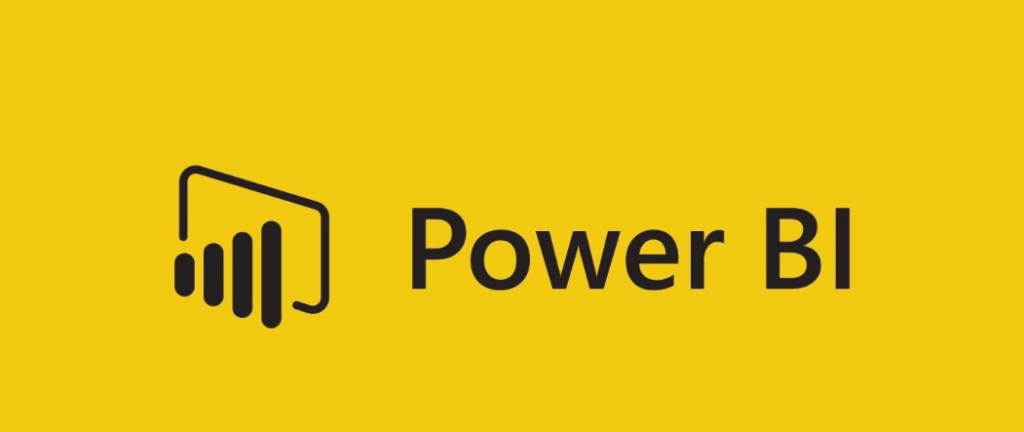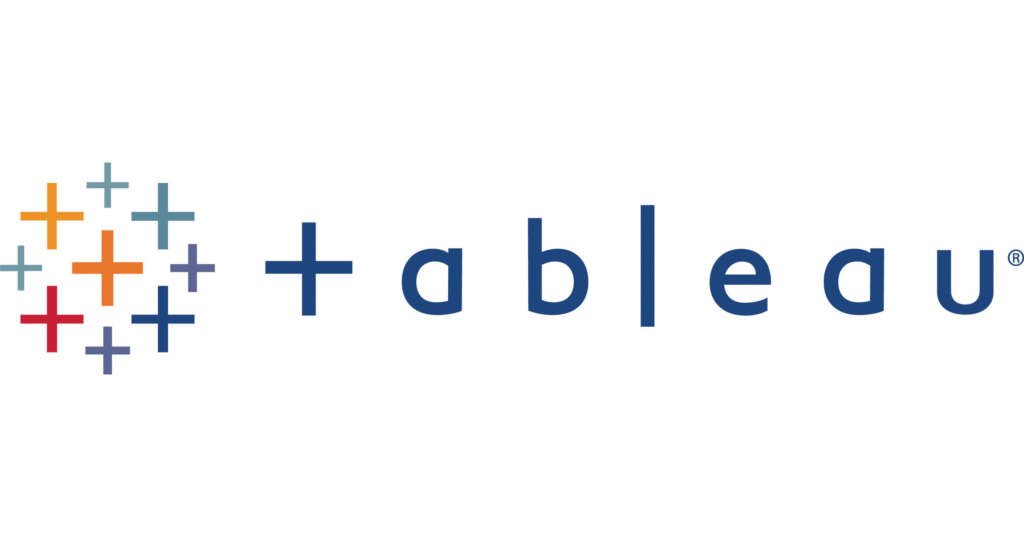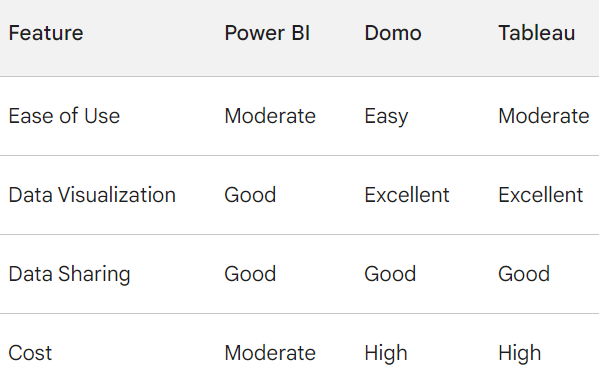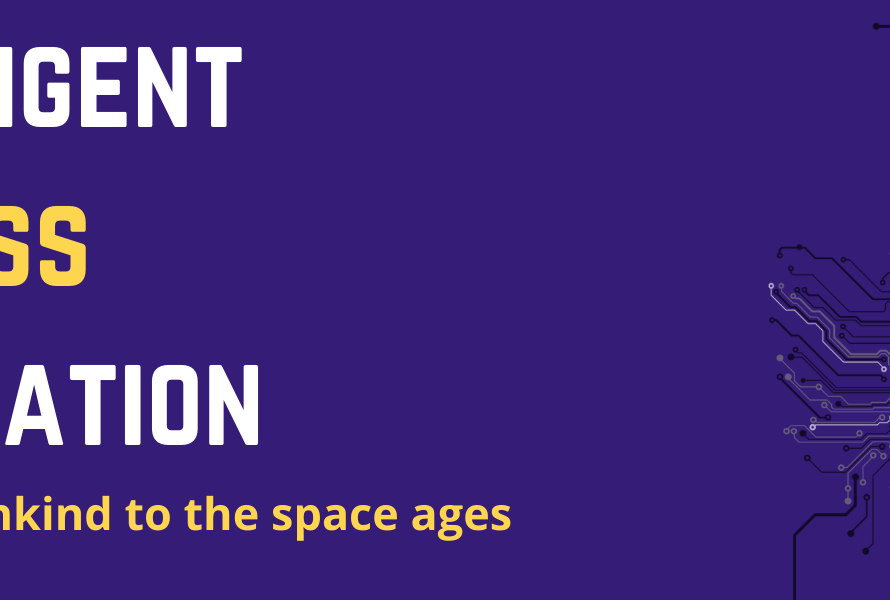Businesses in this data-driven world, rely on Business Intelligence (BI) to make informed choices. Integrating Snowflake with BI tools has given a constant push for better data utilization, leading companies to explore innovative solutions.
Experts predict the amount of data created each year will be ten times higher in 2025 than it was in 2017! With an increase in the amount of data, companies need smarter ways to handle it all and need a way to understand it.
But there’s a challenge: Data is stored in many places, both online (cloud) and on company computers. This makes it difficult for many businesses to manage it. Cloud data warehouses are a new answer that’s easy to adjust, grows as needed, and works super fast.
Companies which are looking for a modern way to store and analyse data go for Snowflake. It is a great choice to check out. Snowflake is a technology company which offers a cloud-based data warehouse for data storage and analytics. This makes it easier for businesses to understand their data and make better decisions.
Table of Contents

What is Snowflake?
Snowflake, a cloud-based data storage and analysis company founded in 2012 (San Mateo, California), offers a data warehouse. Data Warehouse is a central filing cabinet for data, where companies analyze it to gain insights.
Snowflake isn’t just a data warehouse, it’s a one-stop shop for all data needs. It is useful to store information (data warehousing), analyse large amounts (data lakes), build tools to work with (data engineering), use it to uncover trends (data science), and even create applications based on it. All this data can be securely shared with others in real-time.
Once the data has been organized within Snowflake, the key is to transform those raw figures into actionable insights. Business Intelligence (BI) tools bridge the gap, connecting Snowflake to dynamic dashboards that deliver real-time updates.
What is Business Intelligence?
Business intelligence (BI) is a personal data detective for a company. It goes beyond simply collecting information. BI tools gather data from various sources like sales, marketing, and customer interactions. Then, it cleans, organizes, and analyzes it. This allows businesses to see what’s working well, what’s not, and spot trends they might have missed.
With this clear picture, companies are able to make smarter decisions like allocating resources more effectively, identifying new sales opportunities, or anticipating customer needs, that boost profits and keep them ahead of the competition.
Snowflake Data Cloud, a cloud-based data platform, has become a frontrunner in the BI arena. Its unique design and functionalities offer numerous advantages, empowering organizations to extract valuable insights and maximize the power of their data.
This blog explores the top tools that integrate Snowflake with BI tools that seamlessly integrate with Snowflake and also delve into Snowflake’s benefits, explaining how they streamline BI platform, making it more cost-efficient and easier to manage.
Top BI Tools that integrate with Snowflake
Choosing the right BI tool to integrate with your data warehouse is crucial for unlocking actionable insights. Here’s a quick overview of top BI tools that seamlessly connect with Snowflake.
1. Power BI

Power BI is a popular BI tool for companies already using Microsoft products. It connects to a wide range of data sources, including Snowflake, allowing businesses to consolidate their data. Power BI connects to virtually any structured or SQL-based data source. For NoSQL sources, additional tools like ODBC drivers are needed to translate data into a format Power BI understands. Additionally, ETL (Extract, Transform, Load) tools are used to move data and apply structure before loading it into a data warehouse.
Power BI offers a variety of data visualization tools, similar to other Microsoft products. It provides options for both basic and complex visualizations of Snowflake data. Users are able to create custom visualizations and share them through the Power BI App Source marketplace.
An interesting feature of Power BI is embedded analytics. This incorporates reports and dashboards built using Snowflake data directly into web applications. Secure embedding ensures only authorized users with a Power BI license can access these reports.
2. Domo

Domo caters to all business users, regardless of their technical background. It empowers them to unlock valuable insights from data and make data-driven decisions. Domo seamlessly connects to Snowflake data through a dedicated connector, adding to its already extensive library of over 1000 pre-built connectors.
Domo excels in creating visually appealing and scalable dashboards. Its visualization engine supports over 150 charts, including those for period-over-period comparisons, data science applications, and even Trellis charts.Domo offers a robust alert system, notifying users about various events like new customer acquisition, revenue fluctuations, or reaching sales targets. Users can also configure custom alerts based on specific data changes, metric thresholds, or KPI shifts.
Domo supports all four primary join types (INNER, LEFT OUTER, FULL OUTER, and RIGHT OUTER) as well as LOOP JOIN. This functionality enables users to combine data from multiple sources for comprehensive analysis.
Domo’s pricing is tailored to individual platform usage, considering factors like data refresh rates and user count. An important consideration is that Domo requires Snowflake data to be transferred or stored on its platform before analysis and visualization, which may introduce delays for large datasets.
3. Tableau

Tableau boasts the biggest user base among BI tools and provides a direct connection to Snowflake for seamless data access. Similar to its support for SQL-based sources, Tableau offers built-in functionality for connecting to Snowflake.
Tableau empowers to create stunning and insightful visualizations from your data. It offers a wide range of chart, graph, map, and dashboard options, all customizable to specific needs. Even data stories can be built to enhance communication. Tableau’s join feature helps to combine your data with data from other sources. It supports various join operations including inner, left outer, full outer, and right outer joins.
Snowflake users with Python expertise can leverage the TabPy library to build and deploy machine learning models directly within Tableau.Tableau excels in embedded analytics, enabling users to accelerate product launches. It generates simple HTML embed code for incorporating dashboards into web pages. Users can also embed visualizations into custom web portals, third-party applications, data products, and custom software.
Despite all these tools that integrate with your data, choosing the right one depends on the specific needs of different organizations. Here’s a quick comparison of these popular BI tools that offer seamless integration –

4. Looker
Looker excels in data exploration and analytics, offering a flexible modeling layer that adapts to diverse business needs. It integrates seamlessly with Snowflake, enabling real-time data insights and interactive dashboards. Looker’s powerful tools allow users to create custom metrics and explore data deeply, making it easier to uncover actionable insights and drive informed decision-making. Its seamless integration ensures that data from Snowflake is efficiently utilized for comprehensive analysis.
Additionally, Looker’s robust data modeling capabilities empower organizations to define and manage metrics consistently across all reports and dashboards. Its user-friendly interface and collaboration features make it easy for teams to share insights and work together on data-driven projects. The integration with Snowflake ensures that Looker provides the full power of Snowflake’s cloud data platform, providing up-to-date and accurate information for strategic decision-making.
Benefits of using Snowflake BI tools
Business intelligence (BI) extracts valuable insights from vast amounts of information. But traditional data warehouses struggle with scalability, performance, and data sharing limitations. A cloud-based data warehouse solution addresses these challenges, offering a multitude of benefits specifically tailored for BI applications. Here’s how integrating BI tools helps businesses to unlock the full potential of their data.
a) Scales on Demand
Snowflake’s architecture is built to adapt and grow as per needs fluctuate. It handles massive datasets with ease, automatically scaling resources (storage and processing power) to keep pace with growing data volumes. This ensures BI applications stay lightning-fast, no matter how much data is thrown at them.
b) Fine-Tuned Performance
Snowflake is all about optimizing performance for BI initiatives. Its smart query engine utilizes techniques like analysis, optimization, and clever caching to squeeze every ounce of speed out of your queries. This translates to faster results and reports delivered in a blink, empowering users to make data-driven decisions without delay.
c) Data Sharing
Snowflake breaks down data silos with its robust sharing features. Share data securely with external partners, customers, or even different departments within the organization. This fosters collaboration and a culture of data-driven decision-making across the board.
d) Data Integration
It offers a variety of connectors and integration options, making it simple to bring data in from all corners of the organization. This helps to effortlessly consolidate data into Snowflake, creating a central hub for all your BI analysis needs. Snowflake’s ecosystem connectivity takes things a step further, enabling secure data exchange with external partners and platforms.
This blog explained Business Intelligence (BI) and its role in making data-driven decisions. Snowflake, a cloud-based data platform, was introduced as a powerful tool for BI. It offers various advantages over traditional data warehouses such as scalability, performance, data sharing, and data integration. The article discussed some popular BI tools that integrate well with Snowflake and how to choose the right one for your business.
We at Himcos provide the Snowflake’s implementation services and use its power to provide data warehousing and analytics services to businesses. Using Snowflake, our data experts transform the messy data of businesses into actionable insights, driving innovation and success.



